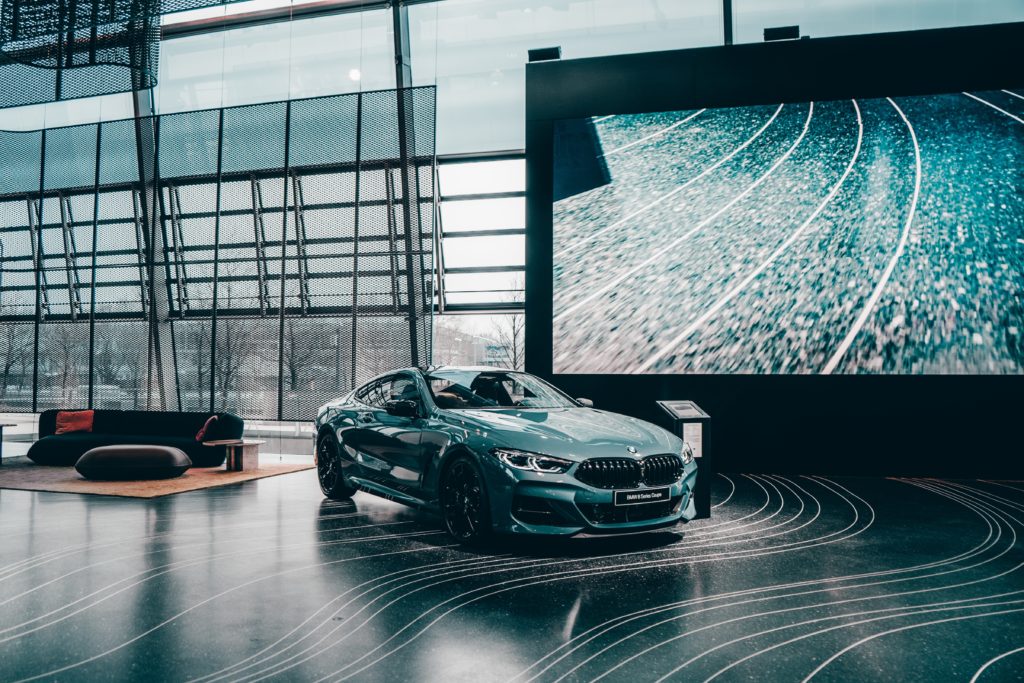The autonomous car, what future?

The autonomous vehicle is a revolution in the automotive market. All manufacturers and equipment suppliers are increasing the number of tests and prototypes. Independent and connected, this is the market players’ vision for the car of tomorrow. Between now and 2025, the automotive landscape should therefore change radically. Changes that are likely to disrupt our daily lives and require adjustments at the legal level as well as in the field of insurance.
Progressive autonomy
Autonomous vehicle, connected car, car manufacturers keep talking about it, but do we really know what is behind these names? The notion of autonomous car refers to vehicles equipped with digital sensors (cameras, radars, sonars, lidars, etc.) whose data are processed by processors and software equipped with pattern recognition systems (road, lane, vehicle, obstacle and sign boundaries). By assembling these data, the software reconstitutes the road situation. They then use artificial intelligence algorithms to decide what action to take on the vehicle’s controls.
Depending on the system applied in Europe, the range is progressive, from level 0 to level 5. Currently, players in the automotive market have introduced level 2 and level 3 cars, i.e. semi-autonomous cars, which have different automated driver assistance systems. A car that runs without a driver is the dream of many car manufacturers.
Indeed, we already know the automatic braking system, the park assist with the rear camera. In addition to this, there is now also automatic steering on expressways, which can cover up to 500 kilometres for some German models. Autonomous driving in traffic jams is also on the rise. Autonomous passenger cars are therefore gradually returning to the roads. From 2020 onwards, these vehicles will be completely autonomous and capable of travelling independently in all types of configuration. They will be equipped with a steering wheel if the driver wishes to take control. Vehicles for passenger transport or shuttles are already in use. They run on equipped, reserved circuits or on company sites. They continue to be tested for improvements.
Commentaires récents